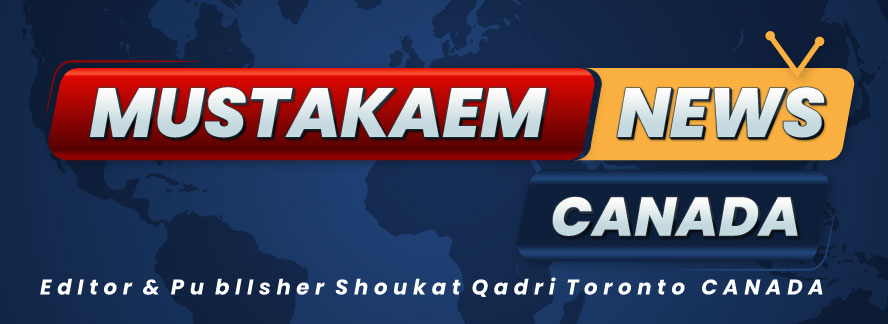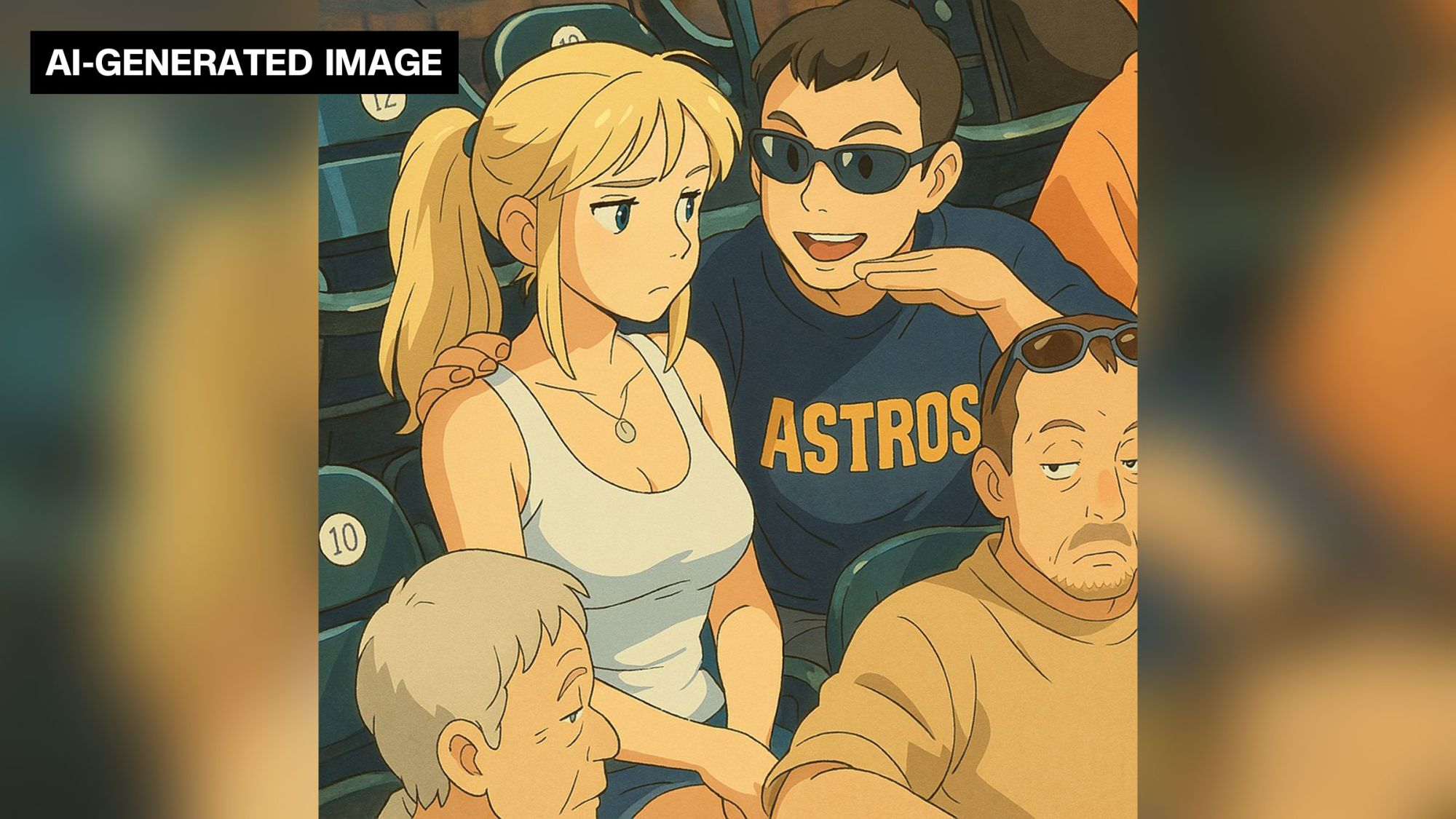Introduction of GPT-4o Brings New Creative Possibilities
Just days after the release of OpenAI’s most advanced AI model, GPT-4o, a wave of viral images and videos imitating the signature style of Studio Ghibli has captured the attention of social media users worldwide. This new update, released on Tuesday, introduced significant improvements to the platform’s image and text generation capabilities, allowing for greater detail, accuracy, and creativity. However, while the AI’s ability to emulate the work of renowned animators and filmmakers has stunned users, it has also reignited serious concerns over copyright infringement and the ethical implications of using AI to recreate iconic artistic styles.
A New Era of AI Image and Video Generation
The GPT-4o update has significantly enhanced OpenAI’s ability to generate highly detailed and stylized images. OpenAI described the improvements in a statement on its website, highlighting that the model had been extensively trained on a “vast variety of image styles,” enabling it to produce high-quality visuals across multiple genres and aesthetics.
In addition to improved text rendering and more accurate responses to complex prompts, the new model has demonstrated the ability to create still images and short videos reminiscent of beloved animation styles. While users have experimented with various genres, including “South Park” and classic claymation, it is the AI’s ability to mimic Studio Ghibli’s iconic hand-drawn aesthetic that has gone viral, dominating platforms like X (formerly Twitter) and Instagram.
Social Media Trend: Studio Ghibli Meets Pop Culture and Politics
The viral trend has seen users leveraging OpenAI’s tools, including ChatGPT and its text-to-video service Sora, to recreate familiar scenes and memes in Studio Ghibli’s whimsical, nostalgic style. Scenes from major franchises such as “The Lord of the Rings: The Fellowship of the Ring” and “The Sopranos” have been reimagined with the distinctive watercolor-like aesthetic, soft color palettes, and dreamlike landscapes that define Studio Ghibli’s work.
Some of the most widely shared creations have put a Studio Ghibli spin on viral memes and cultural moments. These include:
- “The distracted boyfriend” meme reimagined with anime-like characters in an idyllic Ghibli-esque town.
- “The bro explaining” meme, transformed with the expressive and exaggerated facial expressions typical of anime storytelling.
- A humorous take on actor Ben Affleck smoking, reinterpreted in a reflective, serene Ghibli-style scene.
Other notable creations include a depiction of X’s owner Elon Musk playing with cutlery, an image inspired by a recent viral video of Musk balancing spoons during a dinner hosted by Donald Trump in New Jersey. Additionally, reimagined scenes from real-life political moments, such as a heated White House exchange between Donald Trump, JD Vance, and Ukrainian President Volodymyr Zelensky, have also gone viral, showcasing the AI’s capacity to blend real-world events with the enchanting aesthetics of Studio Ghibli’s cinematic universe.
The Copyright Debate: Ethical and Legal Concerns
While the surge of AI-generated Studio Ghibli-style content has delighted users, it has also sparked renewed debate about the ethical and legal implications of using AI to recreate copyrighted artistic styles. Many artists and industry professionals have expressed concern that AI models trained on existing works may be infringing on the intellectual property rights of original creators.
Studio Ghibli co-founder Hayao Miyazaki has been an outspoken critic of AI-generated art. In a widely shared 2016 interview, Miyazaki famously described AI-generated creations as an “insult to life itself.” Known for his meticulous, hand-drawn animation and dedication to preserving the authenticity of traditional artistry, Miyazaki has voiced deep skepticism toward the use of AI in artistic expression. His sentiments resonate with many in the creative community, who fear that AI-generated content may devalue the work of human artists and undermine the integrity of original artistic visions.
Despite these concerns, OpenAI maintains that GPT-4o was trained on a broad range of publicly available data and that it does not intentionally recreate copyrighted works. However, the line between inspiration and imitation remains blurred, raising difficult questions about the ethical boundaries of AI-generated content.
The Potential Impact on the Creative Industry
As AI-generated content becomes more sophisticated and accessible, it is poised to reshape the creative landscape in profound ways. While some view AI as a tool that can democratize creativity and empower individuals to bring their artistic visions to life, others worry that it could lead to the commodification of art and the erosion of traditional artistic practices.
The proliferation of AI-generated art also raises concerns about compensation and recognition for original creators. As AI models draw inspiration from existing works, questions arise about how to fairly acknowledge and compensate the artists whose styles and techniques are being emulated.
A Call for Ethical AI Development
As the debate over AI-generated art continues, there is growing consensus that the development and deployment of AI technology must be guided by ethical principles and a commitment to protecting the rights of creators. Industry leaders, policymakers, and creators are calling for greater transparency in how AI models are trained and a more robust framework for addressing copyright concerns.
Moving forward, it will be essential for technology companies like OpenAI to engage with the artistic community and establish guidelines that balance innovation with respect for artistic integrity. Without these safeguards, the creative world risks entering an era where the boundaries between human and machine-generated art become increasingly difficult to discern.
Conclusion: A Moment of Reflection for the Future of AI and Art
The viral success of Studio Ghibli-inspired AI images following the GPT-4o update highlights both the immense potential and the profound challenges that come with the rise of AI in the creative world. As technology continues to advance, striking a balance between fostering innovation and protecting artistic integrity will be critical. Whether AI becomes a tool that enhances creativity or a force that undermines it depends on the choices made today.



0 Comments